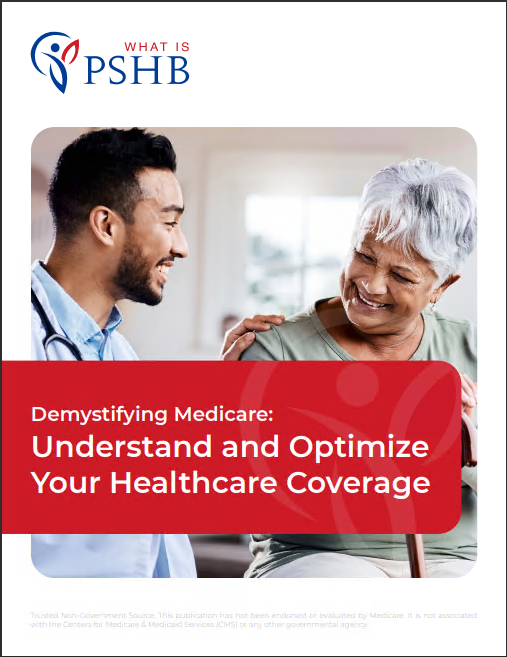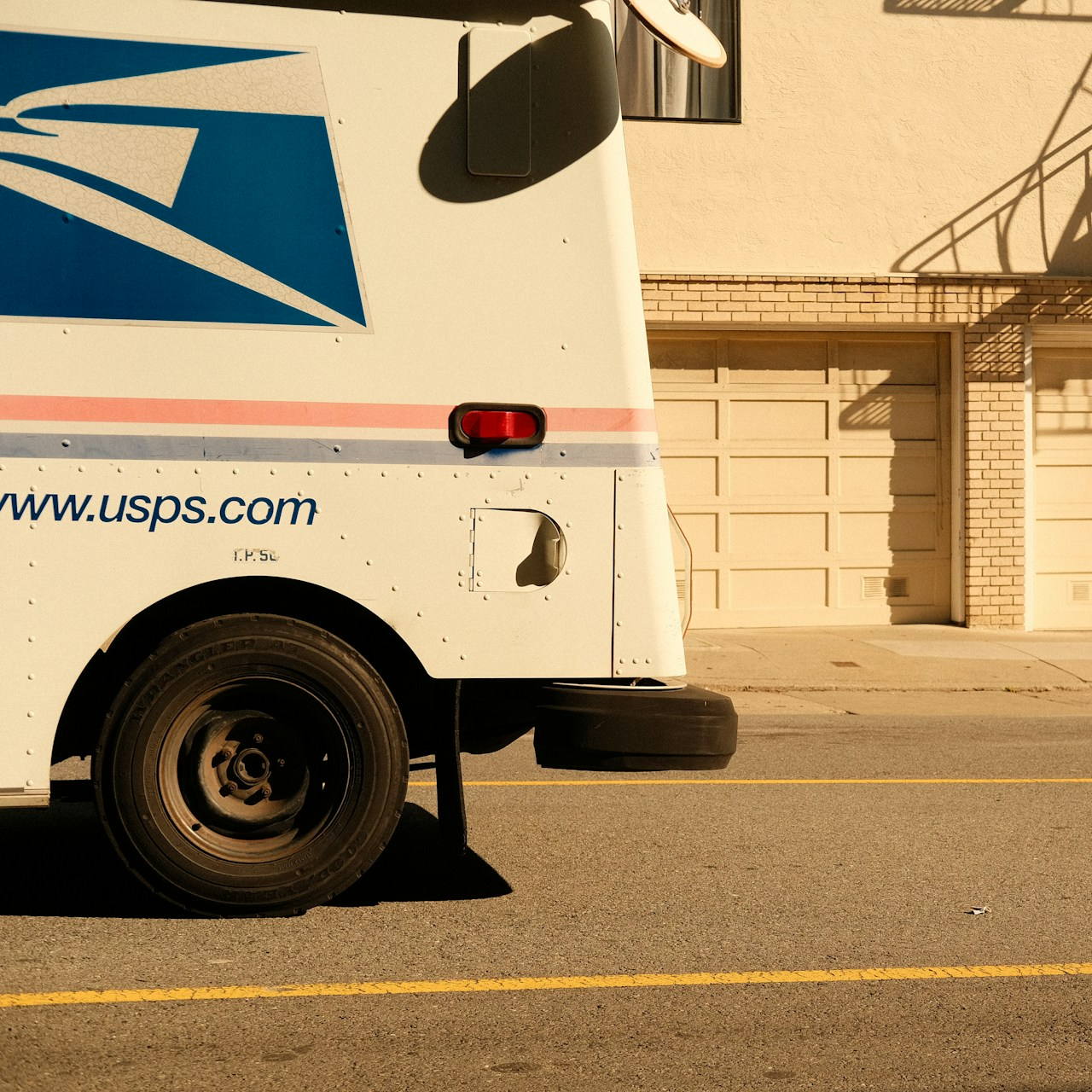Key Takeaways
-
Open Season for Postal Service Health Benefits (PSHB) runs from November 11 to December 13, giving you a limited window to review, select, or change your health plan for 2025.
-
Missing this enrollment period could leave you without the desired health coverage, so planning ahead and understanding your options is crucial.
Understanding Open Season and Its Importance
Open Season is your annual opportunity to enroll in or make changes to your Postal Service Health Benefits (PSHB) plan. It’s the time to ensure you have the coverage that fits your needs, whether you’re an active USPS employee, retiree, or eligible family member. The enrollment period is short, running from November 11 to December 13, so staying prepared is key.
Failing to act during Open Season could result in being automatically enrolled in a default plan, which may not align with your healthcare needs or budget. This guide walks you through the entire process, so you’re equipped to make informed decisions and secure the best coverage for 2025.
What’s New for PSHB in 2025?
The transition from the Federal Employees Health Benefits (FEHB) Program to the Postal Service Health Benefits (PSHB) program brings some notable changes. Here’s what you should know:
-
Medicare Integration: If you’re Medicare-eligible, you’re required to enroll in Medicare Part B to maintain PSHB coverage. Some exceptions apply, such as for those who retired before January 1, 2025.
-
Prescription Drug Coverage: PSHB plans now include a $2,000 annual out-of-pocket cap on prescription drugs, giving you financial protection if you have high medication costs.
-
Plan Options: There’s a wide range of plans to choose from, each with varying premiums, deductibles, and out-of-pocket maximums. Reviewing these options is essential to find the right fit for your needs.
Steps to Enroll During Open Season
Getting covered is a straightforward process if you follow these steps. Here’s a breakdown:
1. Review Your Current Coverage
Start by assessing your existing plan. Consider your healthcare usage over the past year:
-
Did you visit the doctor frequently?
-
Were there unexpected medical expenses?
-
How much did you spend on prescription drugs?
Answering these questions will help you identify what’s working and what needs improvement in your coverage.
2. Explore PSHB Plan Options
During Open Season, you’ll have access to brochures and plan comparison tools to help you evaluate your options. Pay attention to:
-
Monthly Premiums: These vary depending on whether you choose a Self Only, Self Plus One, or Self and Family plan.
-
Deductibles and Coinsurance: Understand how much you’ll need to pay out-of-pocket before coverage kicks in.
-
Network Providers: Ensure your preferred doctors, specialists, and hospitals are in-network to avoid additional costs.
3. Calculate Total Costs
Don’t just look at premiums—factor in deductibles, copayments, coinsurance, and the out-of-pocket maximum. This gives you a clearer picture of the total cost of a plan.
4. Log In to Your Benefits Portal
Visit the USPS benefits enrollment platform to view and select your plan. Make sure your login credentials are up to date, and don’t wait until the last minute to access the system—technical issues could delay your enrollment.
5. Submit Your Enrollment Choices
Once you’ve chosen a plan, submit your selection online. If you’re a retiree, follow the specific instructions provided for annuitants. Be sure to double-check your choices before finalizing.
Deadlines You Can’t Miss
Missing the Open Season deadline of December 13 means you’ll be automatically enrolled in a default plan that might not meet your needs. This could lead to higher costs or inadequate coverage. Additionally, you may only make changes later if you experience a Qualifying Life Event (QLE), such as marriage, divorce, or the birth of a child.
Avoid the stress by marking key dates on your calendar and setting reminders to review and finalize your plan before the deadline.
How Medicare Impacts Your PSHB Plan
If you’re eligible for Medicare, your PSHB plan works alongside it to provide comprehensive coverage. Here’s how:
-
Coordination of Benefits: Medicare becomes your primary insurance, and your PSHB plan acts as secondary coverage. This reduces out-of-pocket costs for hospital stays, doctor visits, and other services.
-
Prescription Drug Costs: With the new $2,000 out-of-pocket cap, you’ll have more predictable expenses for medications.
If you’re not already enrolled in Medicare Part B, this Open Season is a good time to evaluate whether enrolling makes sense for your situation.
Tips for a Smooth Enrollment Experience
To make the most of Open Season, keep these tips in mind:
-
Start Early: Don’t wait until the last week to review your options. Starting early gives you time to compare plans and ask questions.
-
Stay Informed: Read all communications from USPS and PSHB about Open Season. These include plan brochures, webinars, and FAQs.
-
Ask for Help: If you’re confused about your options, contact your benefits office or use the online resources available on the USPS website.
-
Check Your Information: Ensure your personal details, such as dependents’ information, are accurate in the enrollment system.
FAQs About PSHB Open Season
What Happens if I Don’t Enroll?
If you don’t actively choose a plan during Open Season, you’ll be automatically enrolled in a default option. This might not align with your healthcare needs or budget, so it’s better to take control of the decision.
Can I Change My Plan After Open Season?
Changes are only allowed outside Open Season if you experience a Qualifying Life Event, such as marriage, divorce, or the birth of a child. Otherwise, you’ll need to wait until the next Open Season to make adjustments.
What If I’m a New Employee?
If you’re new to USPS, you’ll have an initial enrollment period to select a PSHB plan. After that, you can make changes during Open Season or due to a QLE.
Wrapping Up: Take Charge of Your Health Coverage
Enrolling in the Postal Service Health Benefits program during Open Season doesn’t have to be stressful. By staying informed, reviewing your options, and acting before the December 13 deadline, you can secure a plan that meets your needs and budget. Don’t let the enrollment period slip by—take charge of your healthcare today.












